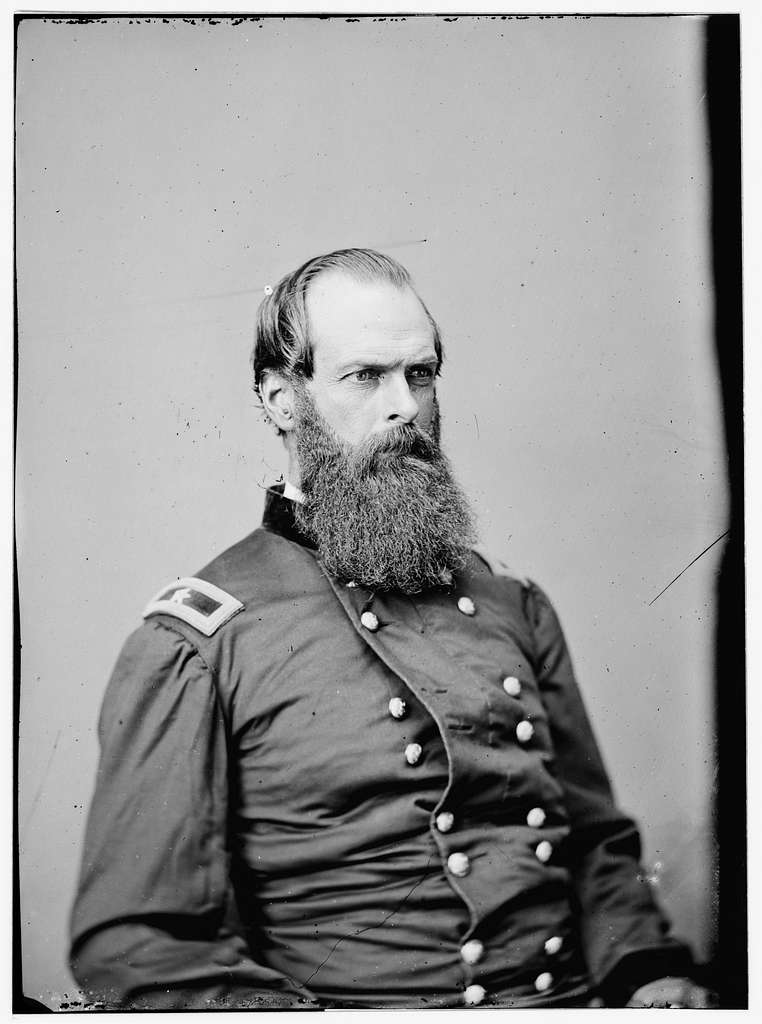
San Francisco Mayor John W. Geary Orders Six-Month Ban on Photography in 1852 with a Shocking Reason
In a move that has left the citizens of San Francisco both bewildered and outraged, Mayor John W. Geary has issued an unprecedented order banning all photography in the city for six months. The controversial decree, which went into effect immediately, has stunned both local residents and visitors alike, sparking debates over freedom, privacy, and government overreach.
The reasoning behind this dramatic order, however, is perhaps even more shocking than the ban itself. According to Geary’s office, the decision was prompted by concerns over the emerging “dangerous” use of photography to document and publicize scenes of crime, scandal, and poverty that could tarnish the city’s rapidly growing reputation. Geary argued that the proliferation of photographs, particularly those capturing the stark realities of life in San Francisco’s rougher neighborhoods, was hurting the city’s image, deterring potential investors, and diminishing morale.
San Francisco, in the mid-1850s, was undergoing tremendous growth following the California Gold Rush. As tens of thousands of newcomers flooded the city, it became a hub of economic activity and social upheaval. However, it was also a city rife with inequality, lawlessness, and disorder. Mayor Geary, elected in 1850, had already struggled with crime and instability, and he believed that uncontrolled photography could exploit the city’s darker aspects, potentially affecting its reputation on a national and international scale.
In an official statement, Geary asserted, “The exposure of criminal activity and destitution to the public through photographic means harms the city’s dignity. It is imperative that we maintain the integrity and respect of our great city, and we must act swiftly to protect our public image.”
The mayor’s order has met with mixed reactions. Supporters argue that the ban is a necessary step to protect the city from the “dehumanizing” portrayal of its poorest citizens and criminal elements. Critics, however, call it a blatant infringement on freedom of expression, with some suggesting that Geary’s decision is more about controlling public perception than safeguarding the city’s reputation.
Photographers, journalists, and residents have expressed their frustration over the draconian measure, which they believe will stifle creativity and limit the documentation of history. The ban is also seen as a direct challenge to the growing influence of the new photographic medium, which had become an essential tool for journalists and artists alike.
As the six-month ban begins, San Francisco’s citizens are left wondering: What other restrictions might Geary impose in the name of “public order”—and at what cost to the freedoms of its residents?






